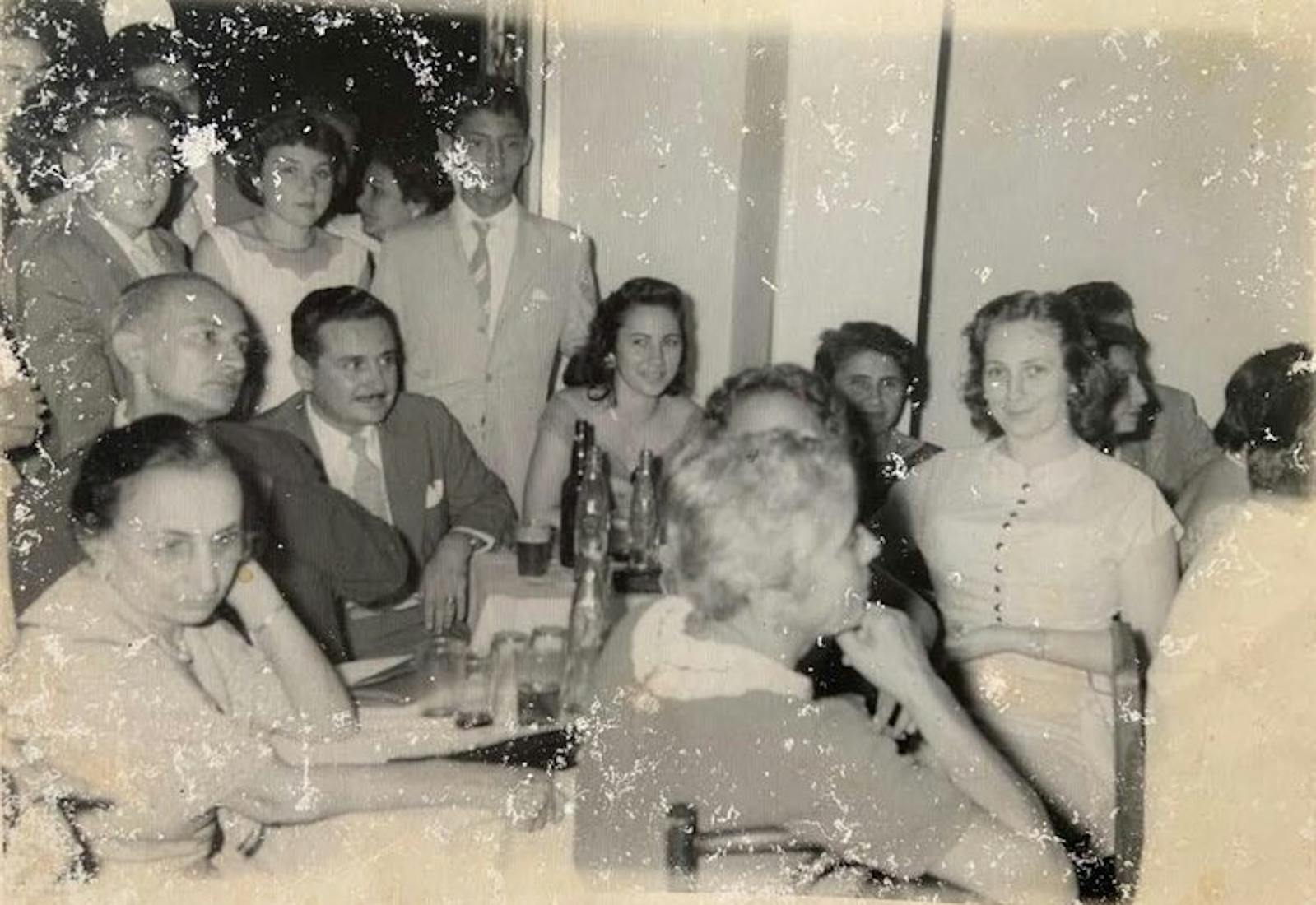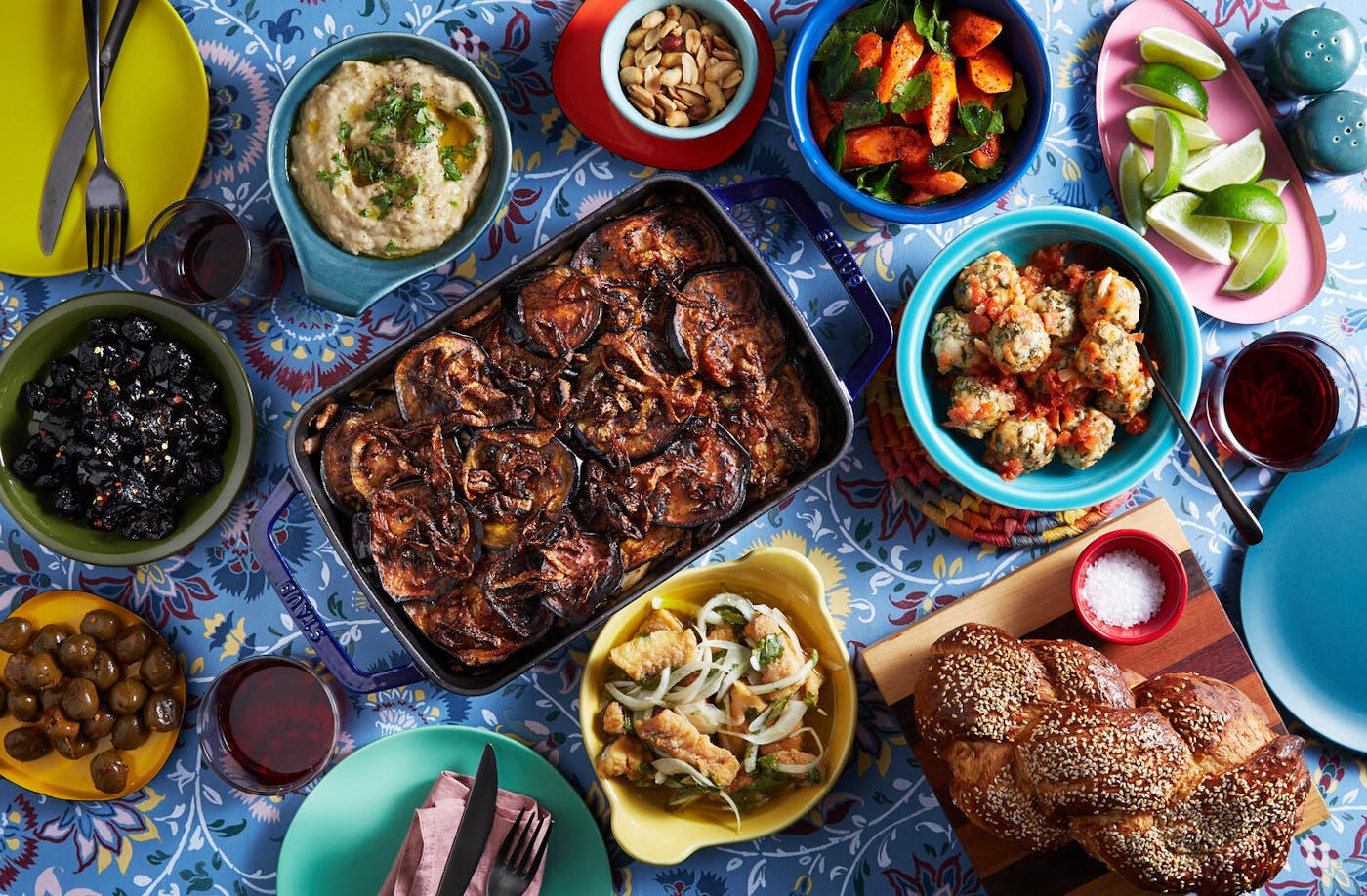Shared by Esther Serruya Weyl


Esther Serruya Weyl, an extern at Blue Hill at Stone Barnes, is our cook-in-residence. Read more about Esther in "130 Years in, a Brazilian Community's Shabbat Recipes Live On."
In the late nineteenth century, members of a Jewish community in Morocco left the tip of Africa for the region of north Brazil around the city of Belém. In their new home, they preserved historic traditions and adopted new ones, creating a unique cuisine.
“When they arrived in Brazil they found themselves in a very different place. The ingredients are completely different, so they had to adapt a lot,” Esther Weyl, a chef who grew up in the community, explains. Paprika, a staple of the community’s cooking in Morocco wasn’t available locally, so it was replaced with urucum, a local seed that’s beaten with sugar or pepper to produce a flavor akin to sweet or hot paprika. Preserved lemons were swapped for preserved limes, and couscous, once hand rolled with semolina was replaced with local yucca flour. “Everything they could adapt, they did — to make those recipes survive,” Esther adds.
They also adopted new recipes and ingredients. “When they arrived they saw ingredients they fell in love with,” Esther says, particularly yucca. A northern Brazilian staple dish of fermented yucca juice with fried shrimp is made in her community with salted deep fried fish, and feijoada, a classic Brazilian stew of meat and beans, is made without pork and served at Shabbat lunches.
The community also blended Portuguese with a language they brought from Morocco called Haketia. That language developed in Morocco when Jews fleeing Spain during the Inquisition blended Ladino (a mix of Spanish and Hebrew) with the Judeo-Arabic spoken by Jewish families already living in Morocco. “We have a lot of expressions we still use [in Haketia]. And, I grew up thinking that it was Portuguese,” Esther says. In the kitchen and linguistically, the community is both of this place and of another place.
Esther started to research her community’s recipes and traditions a few years ago. In 2017, she traveled to Morocco with her mother and, “I really connected with the food there. It reminded me how that food was my food from home,” she says. It prompted her to start asking family members about recipes like her grandmother’s dafina, a Shabbat stew from Morocco, a red pepper salad, and a potato casserole called cojada.
Esther went on to ask nearly 40 cooks in her community a series of questions, including if they would share their family recipes with her. Among them, there are the Lahat sisters who shared their recipes for fumaça, an eggplant dip and escabeche de peixe, or fried tilapia in vinegar and olive oil, that comes from Tangier. Delicate fish albondigas or meatballs for Shabbat are a contribution from Donna Clara and her daughter Myriam and almaronia, a layered dish of chicken, eggplant, and onions touched with honey, that has roots in Turkey, comes from the Rangel family. And for something sweet, there’s a dessert recipe for meringue with the amazonian fruit cupuaçu from one of the community’s greatest cooks, Helena Obadia Benzecry.
At the core of Esther’s work is a drive to understand and preserve what binds the community together. She explains: “I want to see what is common to everybody’s houses.”
